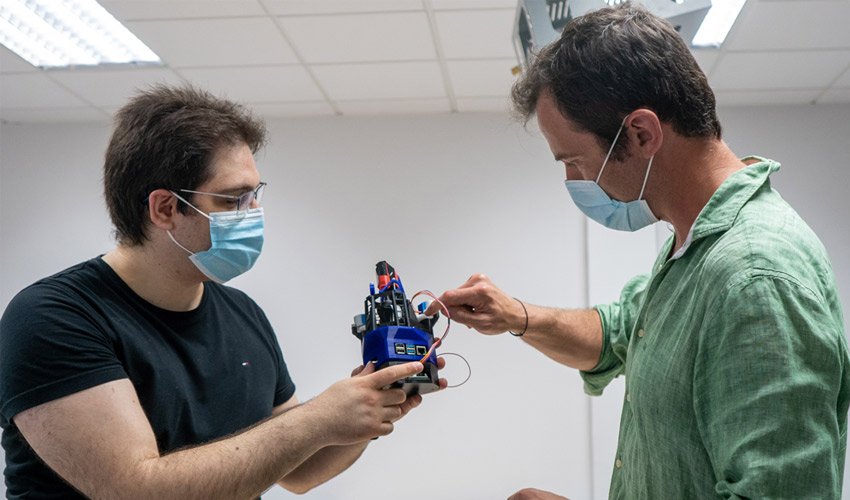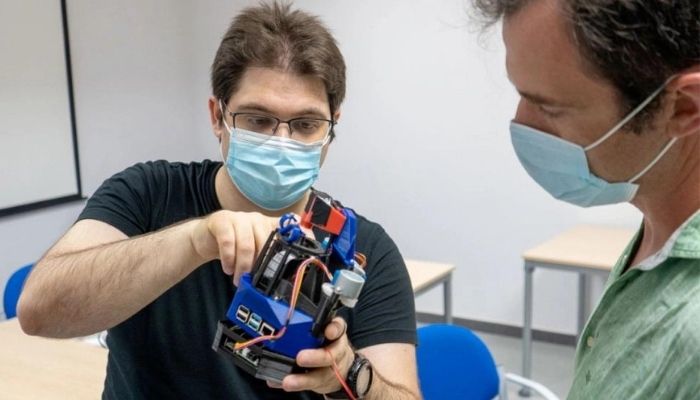A 3D Printed Microscope Will Be Able to Detect Microplastics on the Sea Floor

A group of researchers has made a low-cost 3D printed microscope to detect microplastics in the seafloor. The project was carried out by the Microplastics Detection Assistant (MIDAS) team with the participation of the Polytechnic University of Cartagena, Navantia, S.M.E and the Cartagena Institute of Oceanographic Research. These microplastics are small fragments smaller than 0.5 centimeters that pollute our oceans and beaches. Because of their size, their detection is more complicated and requires the use of a microscope. By using 3D printing, this group of researchers was able to develop a practical and accessible solution, in open-source to allow other teams to lead this ecological fight.
The seas and oceans have been suffering from plastic pollution for years and the statistics are certainly frightening. While some plastics are more easily visible on the surface, others are invisible to the naked eye and pose an additional challenge. Microplastics are sometimes 70 times smaller than the thickness of a human hair, and are ingested by plant and animal species of all sizes. Several initiatives on a global scale have been developed to better identify them and clean up the oceans, but patience is required as the pollution rate is so high. However, the project led by the MIDAS team is moving in this direction.

Photo Credits: Scripps Institution of Oceanography
3D Printed Microscope and Artificial Intelligence
The project for this 3D printed microscope began in May 2021. It was not only to produce a functional device, but also to develop a series of algorithms based on artificial intelligence, to facilitate the detection of microplastics. Ten months later, the first phase was reached and ended with the manufacture of the microscope and the first tests of taking images, according to the release published by the Polytechnic University of Cartagena. The researchers will soon begin to develop the algorithm that will facilitate the detection and finally collect the samples in the port of Cartagena. They have remained discreet about the printing technology used.
This plan has attracted the interest of different educational centers in the region of Murcia, which will begin to print multiple microscopes for the observation of samples collected on the beaches. In addition, in June, on the occasion of the Day of the Oceans, a workshop will be held in which different activities will focus on the problem of plastic in the sea. To carry out the study, participants will be able to take water samples with a net and then analyze them under these microscopes.

Photo Credits: Microplastics Detection Asistant
In the future, they want to work on developing dyes to identify tiny plastic particles more quickly. They would rely on the algorithms developed to start the coloring. This project is part of the European initiative for a sustainable blue growth, which aims to develop a mode of exploitation of the oceans that ensures their sustainability and guarantees a low impact on the environment.
What do you think of this initiative? Let us know in a comment below or on our Linkedin, Facebook, and Twitter pages! Don’t forget to sign up for our free weekly Newsletter here, the latest 3D printing news straight to your inbox! You can also find all our videos on our YouTube channel.






